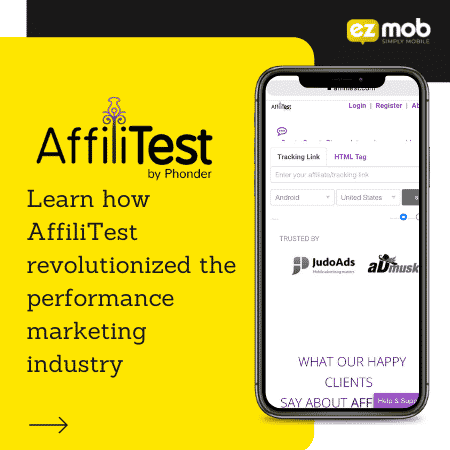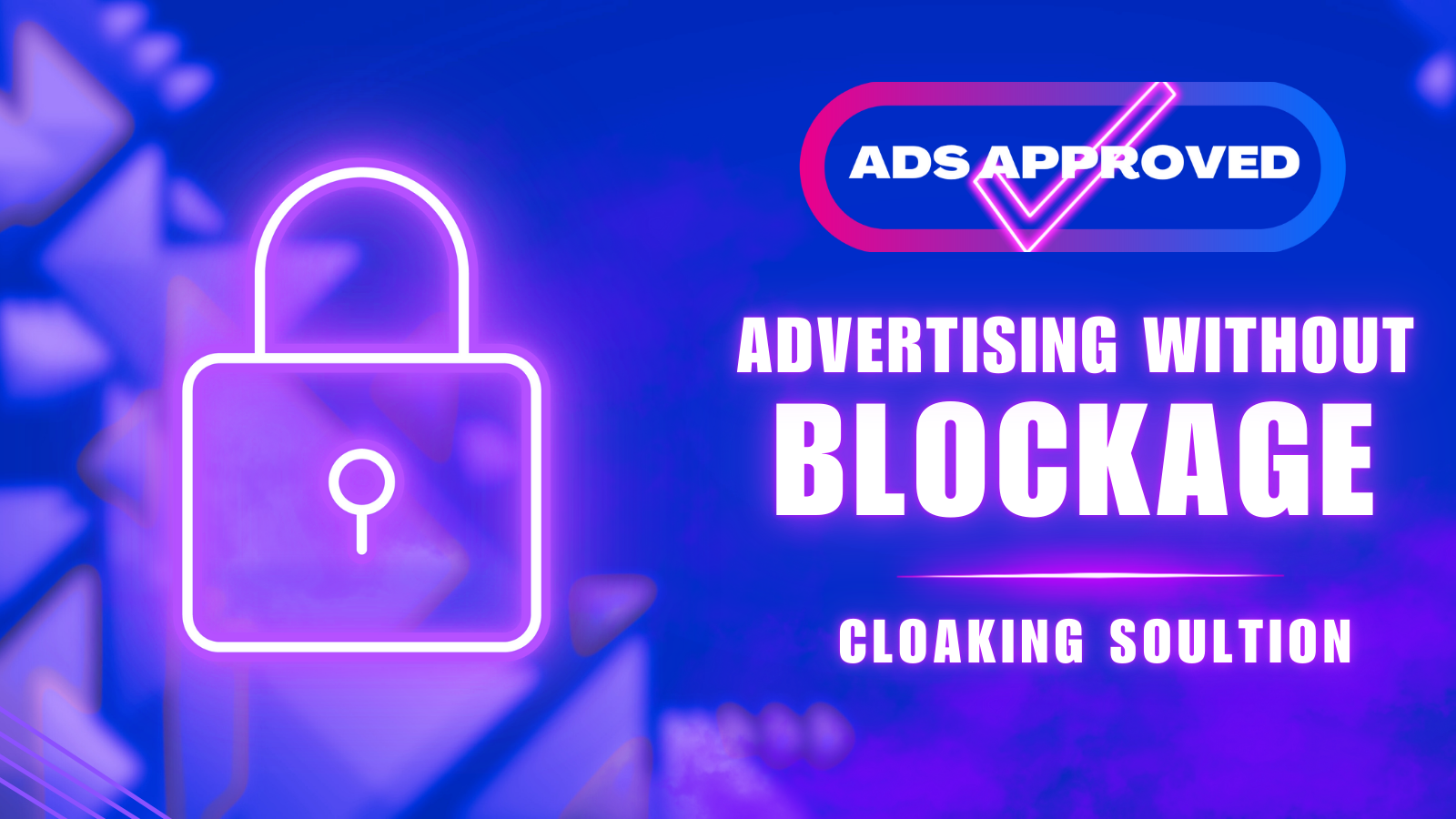Unlock the secrets of successful affiliate marketing in the booming...
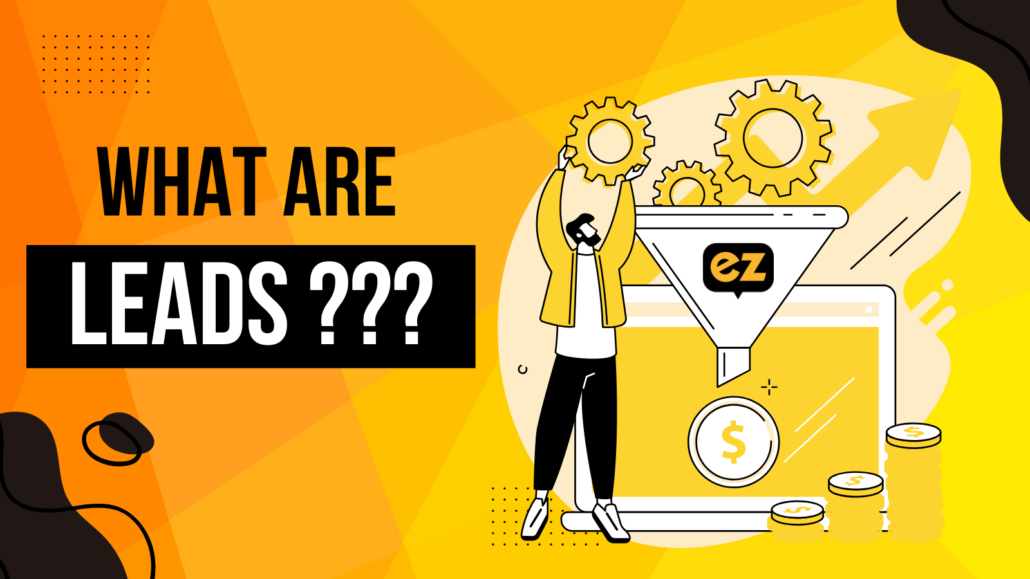
What Are Leads? Simplifying the Path to Qualified Prospects
For marketers and businesses, the term lead refers to an individual or organization that shows interest in a product or service. Leads are crucial for business growth, as they serve as potential customers that could eventually convert into sales.
In this guide, we’ll explain what leads are, why they matter, and how to generate high-quality prospects that drive measurable results for your business.
What Are Leads?
A lead is any person or organization that has expressed interest in your offerings, typically by engaging with your campaigns or content. This could include:
- Filling out a contact form.
- Downloading a free resource like an eBook.
- Signing up for a free trial or demo.
By capturing leads, businesses can nurture potential customers and eventually guide them toward making a purchase.
Why Are Leads Important?
Leads are essential because they:
- Fill Your Sales Funnel: They provide businesses with opportunities to turn interest into revenue.
- Increase Marketing ROI: Generating quality prospects ensures time and resources are spent on people who are more likely to convert.
- Help Scale Growth: By consistently capturing leads, businesses can ensure a steady flow of potential customers.
How to Generate High-Quality Prospects
Generating leads is easy; generating qualified leads takes strategy. Here’s how to attract the right people:
1. Offer High-Value Content
Provide content that speaks directly to your audience’s needs, such as:
- Guides or whitepapers.
- Webinars or tutorials.
- Free templates or tools.
This not only attracts prospects but positions your brand as a helpful resource.
2. Use Paid Campaigns
Platforms like Google Ads, Facebook, and EZmob allow precise targeting based on:
- User behavior.
- Interests.
- Demographics and geography.
Paid campaigns ensure your offers reach the right audience, increasing the chance of capturing qualified leads.
3. Optimize Landing Pages
Your landing page is where conversions happen. To boost performance:
- Use clear headlines that communicate value.
- Add forms that are easy to fill out, asking only for necessary details like name and email.
- Include visual elements such as trust badges and testimonials.
Balancing Keyphrase Use in Your Strategy
When crafting content, overusing specific phrases like “what are leads” can feel repetitive and forced. Instead:
- Vary terminology: Use “prospects,” “potential customers,” or “qualified leads” interchangeably.
- Spread keyphrases evenly: Incorporate the term naturally into subheadings, introductions, and conclusions while avoiding redundancy in body text.
Real-Life Example: Generating Leads for a SaaS Brand
A software company ran a Google Ads campaign offering a free trial of their productivity tool. By targeting keywords like “project management software” and optimizing their landing page for simplicity:
- They generated 1,200 leads in a month.
- Converted 30% of those into paying customers.
This case highlights the power of combining targeted campaigns with optimized content.
Image Alt Attributes for SEO
Updated alt texts for images in this article:
- Lead generation funnel graphic: “A funnel demonstrating the lead generation process.”
- Optimized landing page example: “Landing page with clear CTAs and a simple form for lead generation.”
- CRM dashboard visualization: “Tracking qualified leads using CRM analytics.”
Conclusion
Understanding what leads are and how to capture them is essential for building a sustainable sales pipeline. From offering valuable content to running targeted campaigns, the strategies outlined above can help you generate high-quality prospects and drive growth for your business.
For more tips, check out:
Join our Newsletter
Get access to promotions, case studies, and recommended partners
Case Study: How to convert pin submit offers?
Pin submit offers facilitate a better conversion rate by taking...
Case Study: Click2Call Insurance offers for affiliates
Explore the impact of Click2Call technology in US insurance marketing...
Case Study: Casino App Marketing in Thailand
Promote casino apps in Thailand's growing mobile gaming market. Learn...
Promoting Gaming offers in India with EZmob: A Market Case Study
Promoting Gaming offers in India with EZmob: A Market Case...
Case Study: Promoting VPN Offers in Saudi Arabia
Why promote VPN offers in Saudi Arabia? The use of...
[Case Study] DoorDash CPI, Pops & Canada ($1.5% CR & ROI +150%)
[Case Study] DoorDash CPI, Pops & Canada ($1.5% CR &...
Case Study: Generate Forex Leads with Popunder Traffic
What are forex leads? Forex leads are potential customers interested...
[Case Study] – eCommerce, Popunders & German ($3500 Profit + ROI +85%)
[Case Study] – eCommerce, Popunders & German ($3500 Profit +...
[Case Study] eCommerce CPI, Push & Indonesia ($1316 Profit & ROI +85%)
[Case Study] eCommerce CPI, Push & Indonesia ($1316 Profit &...
[Case Study] – Casino Advertising with Push and Pop ads
What is missing from your ads push notification? Promoting gambling...


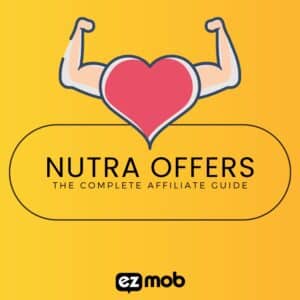
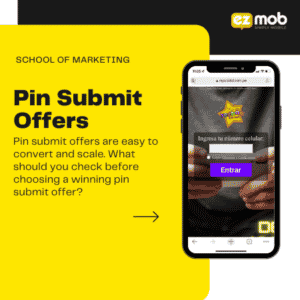

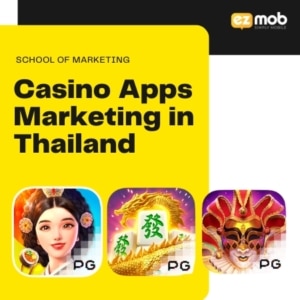
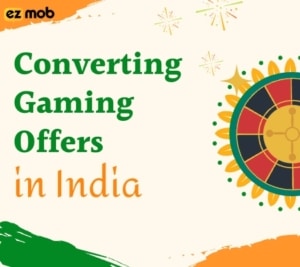

![[case studies] - doordash-cpi-popunder](https://ezmob.com/wp-content/uploads/2022/04/case-studies-doordash-cpi-popunder-300x169.png)

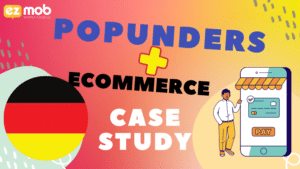
![[case studies] pop cpi lazada](https://ezmob.com/wp-content/uploads/2022/04/case-studies-pop-cpi-lazada-300x169.png)
![[case studies] colombia casino push](https://ezmob.com/wp-content/uploads/2021/03/case-studies-300x169.png)
